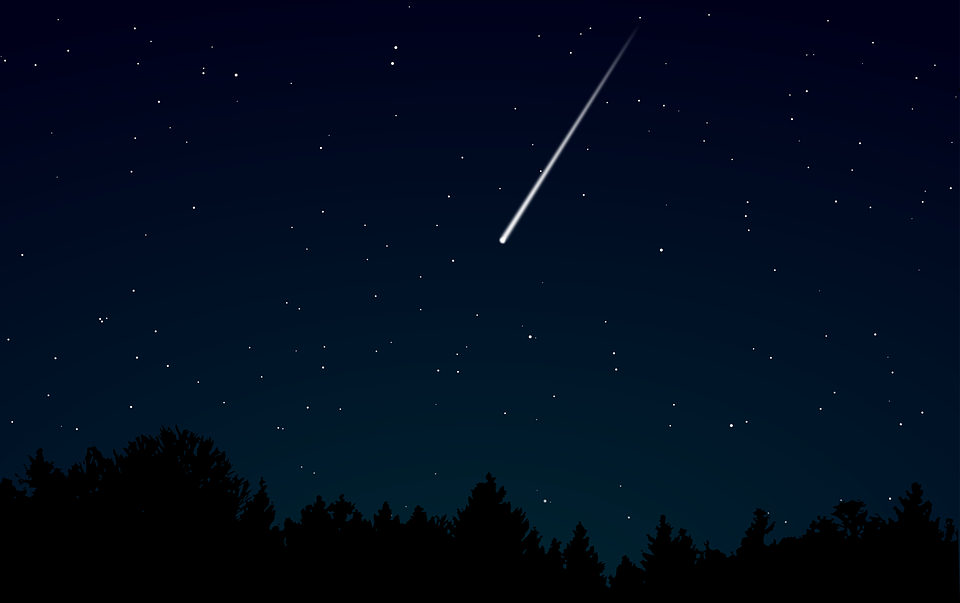The year kicks off with a spectacular meteor shower as the Quadrantids, one of the most abundant meteor streams, makes its appearance, the Svábhegy Observatory informed MTI.
The Quadrantids meteor shower is described as the most significant and visually impressive astronomical event of the year’s start.
According to the statement, in 2025, the Quadrantids will already be active on the evening of January 3, producing up to 100-120 meteors per hour under ideal conditions. This places the Quadrantids on par with the well-known Perseids in August and the Geminids in December.
However, the Quadrantids remain a less familiar meteor stream, partly due to frequent cloudy skies in January and the cold weather deterring observers, the Observatory noted.
“The peak of the Quadrantids’ meteor activity is relatively short, with the dense meteor activity tapering off within approximately half a day,” the Observatory explained, adding, “Despite this, it is worth attempting to observe them, as the stream not only produces numerous meteors but also bright fireballs.”
The falling stars, or meteors, originate from tiny dust particles and rock fragments traveling through space at speeds several times that of a spacecraft. In the Earth’s upper atmosphere, they create long, brightly glowing ionized trails, which observers see as meteors.
“The parent object of the Quadrantids meteor stream is the asteroid 2003 EH1, with a diameter of just 3 kilometers. This is particularly unique, as asteroids rarely produce debris clouds capable of forming the basis of a meteor stream,” stated the Observatory.
According to the announcement, the peak frequency of the meteor shower will occur on Friday, January 3, between approximately 4 p.m. and 8 p.m. However, the highest number of meteors visible from Hungary will be later in the evening. Those who can brave the cold are encouraged to wait until the early morning hours when the most meteors are expected. Additionally, there is a chance of spotting bright fireballs during the night.
The Observatory recommends that observers dress warmly and find a dark area free from urban light pollution to best enjoy the event.

















